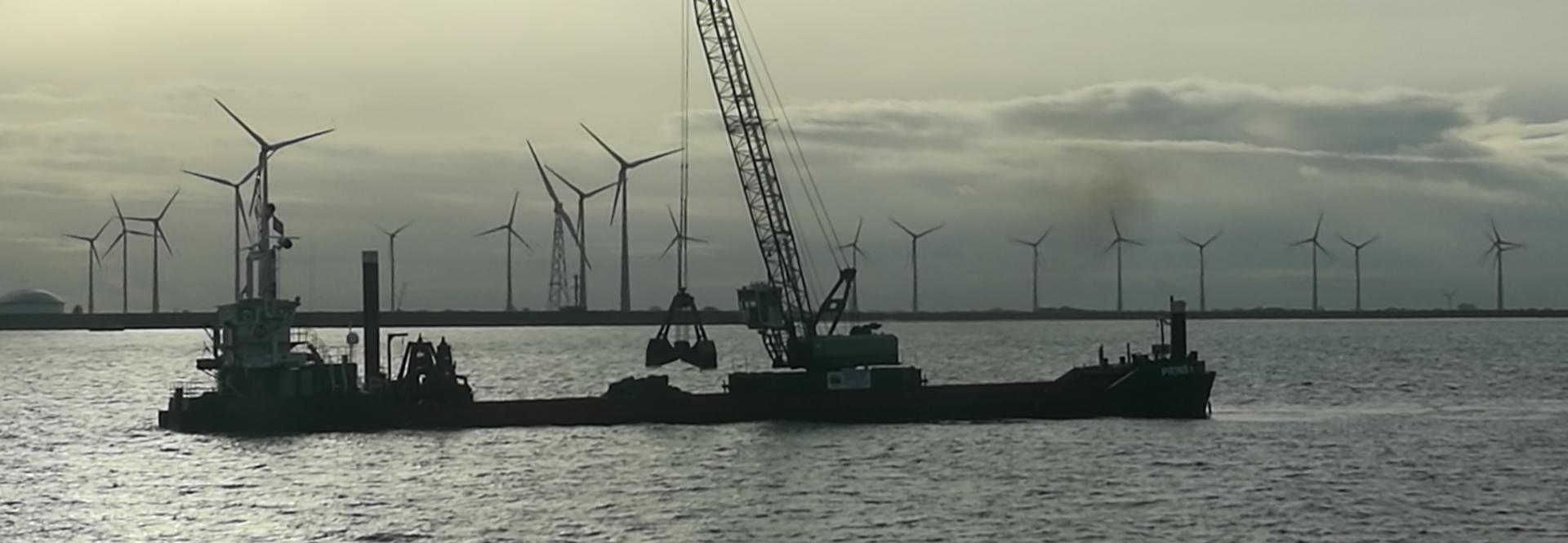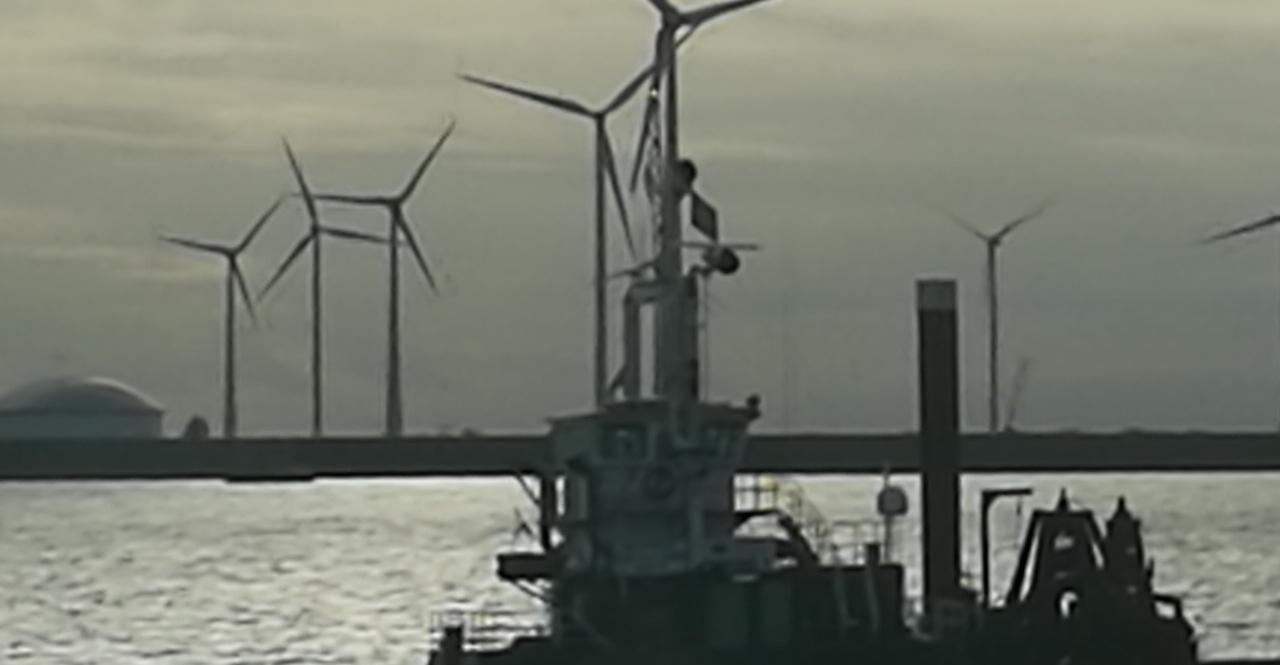News
EEMSHAVEN-NOORDZEE / MKD
In February, Van den Herik signed the contract for the 'widening of the Eemshaven-North Sea navigable channel / Marconi Kwelder Landschap Delfzijl (sector 3)'. The project, commissioned by the Directorate-General for Public Works and Water Management, comprises the widening of approximately 42 km of navigable channel between the Eemshaven and the North Sea.
Much of the material removed will be reused for high-quality applications. One portion (boulder clay) will be used for the creation of a bird nesting island near the Eemshaven. Another portion (sand, etc.) will be used for a salt meadow area encompassing about 500 hectares near Delfzijl. To protect the salt meadow, we will make a 2-km rubble dam and embankment. The remaining material will be applied to three distribution locations (P0, P1 and P3).
Level 5 on the CO₂performance ladder
The project is a level 5 project on the CO₂performance ladder. A great deal of the dredging will be done with the innovative T.S.H.D. Charlock. This newly-built, certified ‘clean ship’,was christened in 2016 and immediately began work on the Bloemendaal-Zandvoort project. The widening of the navigable channel is the second project for this ship.
Important shipping route
The Eemshaven-North Sea waterway is part of the main shipping network of the Netherlands and Germany. It is an important shipping route: from the North Sea, it offers access through the natural Randzelgat and Westereems channels to the Eemshaven and other ports in the area (including the ports of Delfzijl and Emden). Widening and deepening of the Eemshaven-North Sea channel is necessary to keep the Eemshaven completely accessible for larger ships. Eemshaven policy is focused on fostering energy-related industry and there are a number of initiatives and energy companies that have already become established or plan to relocate to the Eemshaven. To serve these companies, a different type of ship will be using the Eemshaven. After the widening, the Eemshaven will be accessible to ships with a draught of up to 14 m. For more information on the project, please visit the website of the Directorate-General for Public Works and Water Management (Rijkswaterstaat).
Picture: Rijkswaterstaat (https://beeldbank.rws.nl)


